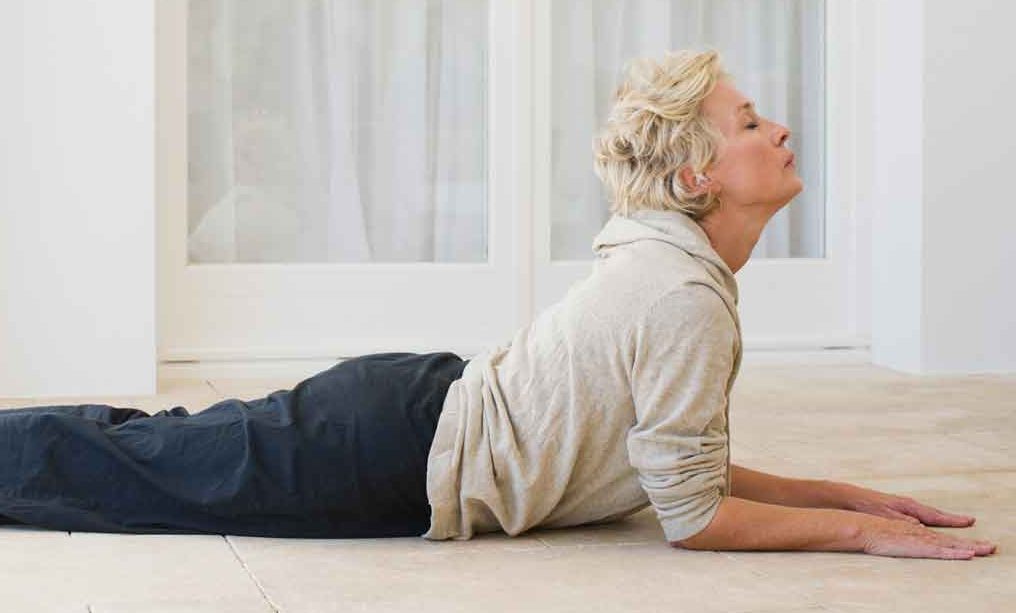Yoga Poses for Beginners

Yoga poses for beginners show up in nearly every class. As you progress, you’ll find they feel a bit different every day. Here's what you should know.
It’s easy to dismiss yoga as “just stretching” — not “real exercise” that improves your health. Wouldn’t you be better off devoting your exercise time to aerobics? The answer was “No” in a study of people with three diseases — obesity, heart trouble, and type 2 diabetes.
The researchers split the participants into three groups. Some divided their time between yoga and aerobics, and the others did just aerobics or yoga alone. Everyone saw improvements in basic health measures like blood pressure, body mass index, lipid profile, and exercise capacity, but the people who combined yoga and aerobics did twice as well.
Another study, a review and meta-analysis of more than 30 clinical trials, backed up the conclusion that yoga can reduce heart disease risk.
Those are good reasons to include a class in your weekly routine or learn to do some yoga poses for beginners at home.
YOU MIGHT ASLO LIKE: Benefits of Yoga for Better Posture
Most of the yoga poses you see today go back to Buddhist texts from the eighth century. In a modern class, you’ll sometimes hear brief lectures or be asked to participate in chanting. You might love that part or hate it. Either way, you can benefit from the exercise.
At any time you do yoga, notice your breathing. Are you panting or breathing shallowly and quickly? You want slow, deep breaths.
Are you worrying about work? Return your focus to your breath and slow it down, and you’ll be mastering the most important benefit of yoga: Body self-awareness and self-calming.
While doing any of these exercises, if you start stressing out, go back to your breathing. If you are tired or in pain, stop what you’re doing and adjust to make it easier or take a rest in child’s pose (see below).
Downward Dog
If you have weak abdominals or tight shoulders (like most Americans), Downward Dog can be a challenge — but a challenge you need. You’ll end up looking like an inverted V.
Get on all fours on a mat. Make sure your hands are directly under your shoulders, and your knees under your hips. Then walk your hands forward a few inches. Spread your fingers and press your palms down.
Curl your toes under, and slowly press your hips toward the ceiling. Once you’re inverted, check whether your feet are hip-width apart. You can alternate bends to your knees to get comfortable.
With your knees just slightly bent, settle down and hold the pose for at least three full breaths.
Tree Pose
This pose will improve your balance.
Standing, shift your weight onto your left leg and place the sole of your right foot on the inside of your left thigh. Your hips face forward.
If you can’t keep your balance in that shape, you can put your foot on the inside of your left ankle, with your toes on the floor. Then you can move your foot to the inside of your calf.
What you shouldn’t do is put your foot on the side of your other knee. Stay above or below your knee.
In the classic pose, you’ll put your hands together in a prayer shape.
Cobra
This pose will open your chest and relax your lower back. Lie facing the floor, with your hands on the floor under your shoulders. Your legs will extend behind you, with the top of your feet on the floor.
Tighten your pelvic floor (as if you were doing Kegels), press your hips down, and squeeze your butt. Keep your shoulders down, away from your ears. Now push through your thumbs and index fingers to raise your chest. Gaze forward.
Bridge Pose
This pose strengthens your back. Lie on your back with your feet on the floor, placed as wide as your hips. Press down as you lift up your butt. Interlace your hands together in the space between your back and the floor and press your fists down as you open up your chest.
Imagine that you’re pulling your heels towards your shoulders — but don’t actually do that. The idea is to engage your hamstrings.
People usually hold this pose a few breaths, come down, and repeat two more times.
Child Pose
Child post is a place to rest, for yogis at all levels. Try it before bed.
On all fours, bring your knees and feet together as you sit your butt back to your heels and stretch your arms forward. Lower your forehead to the floor (or use a block, pillow, or blanket) and relax. You can also put your hands on blocks.
These yoga poses for beginners show up in nearly every class, even if it includes more advanced practitioners.
Updated:
August 03, 2023
Reviewed By:
Janet O’Dell, RN